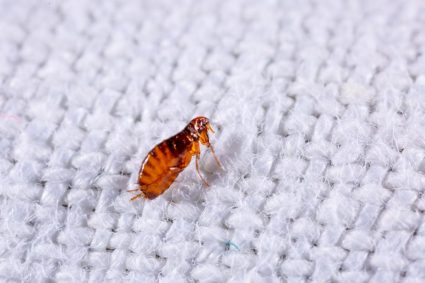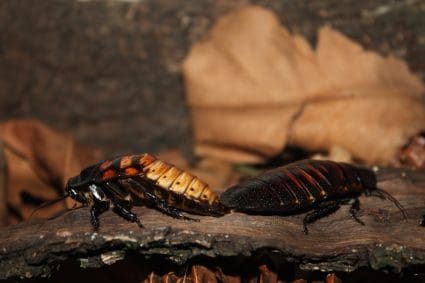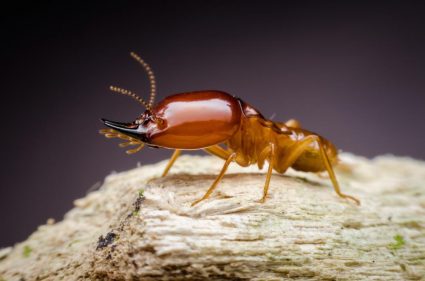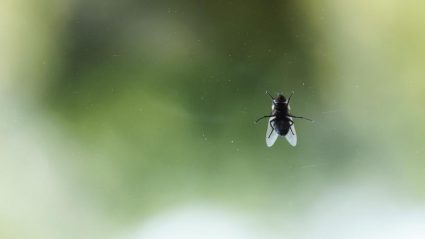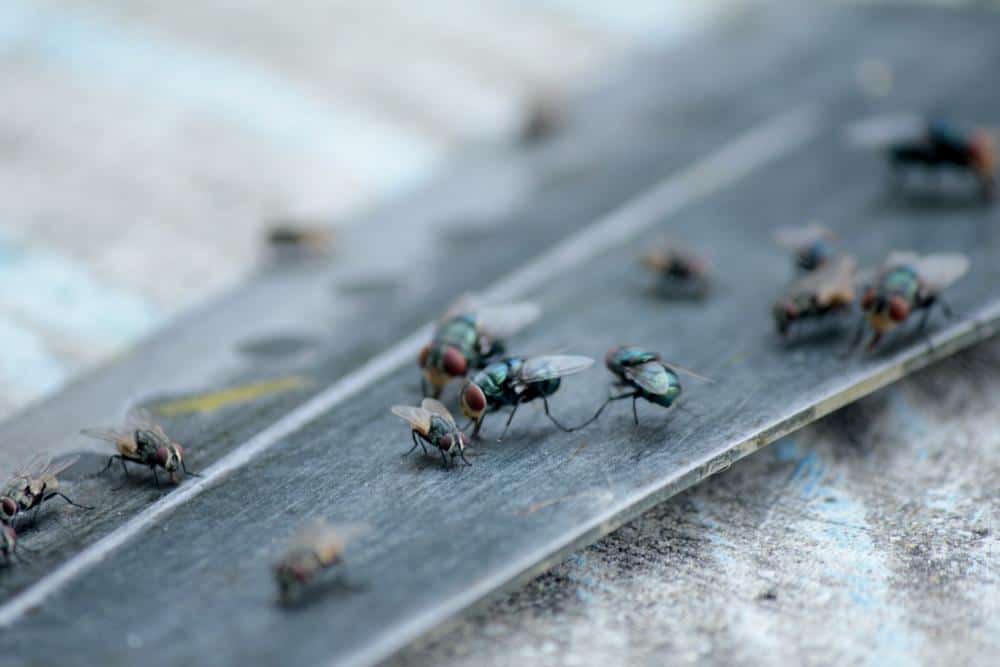
Diatomaceous Earth (DE) has gained popularity as a natural, non-toxic, and effective solution for controlling various pests. But does it kill flies, one of the most common pests in homes and farms? The answer is a resounding yes. DE can indeed kill flies and act as a potent deterrent. But how does it work, how effective is it compared to other fly killers, and are there any risks or limitations to using it? Let’s delve into the details.
Yes, Diatomaceous Earth (DE) can kill flies. It works by absorbing the oils and fats from the flies’ exoskeleton, causing them to dehydrate and die. However, DE is most effective when dry and may need to be reapplied frequently. It is a natural, non-toxic method of pest control, but it can also harm beneficial insects and cause skin and respiratory irritation if not used properly.
What is Diatomaceous Earth?
Diatomaceous Earth is a naturally occurring, soft sedimentary rock comprised of the fossilized remains of diatoms, a type of hard-shelled microalgae. It is derived from the accumulation of diatom skeletons in the sediment of rivers, streams, lakes, and oceans over millions of years. The typical chemical composition of DE is 80-90% silica, with 2-4% alumina (attributed mostly to clay minerals) and 0.5-2% iron oxide.
DE can be crumbled into a fine white to off-white powder with a particle size ranging from more than 3 mm to less than 1 μm, but typically 10 to 200 μm. It is used in various applications, including agriculture, where it serves as an anticaking agent, insecticide, and in the production of ceramics. It is also used in water filters, paints, medicines, beverages, foods, toothpaste, and skincare products. The DE used around animals is food-grade DE, which is non-toxic and crushable into a fine powder.
How Does Diatomaceous Earth Kill Flies?
DE’s insecticidal properties are attributed to its physical, not chemical, action. When insects, including flies, come into contact with DE, it absorbs the oils and fats from their exoskeleton’s cuticle, causing them to dry out and die. The sharp edges of DE are abrasive, which speeds up the dehydration process. DE’s super porous nature deters and dehydrates insects.
How to Use Diatomaceous Earth to Kill Flies
- Clean the area: Before applying DE, clean out any areas that attract flies, such as livestock living quarters and manure piles.
- Apply DE: Dust DE around food, watering troughs, stables, and any moist areas where flies could nest and lay eggs.
- Reapply DE: DE is most effective when dry, so reapply it whenever it gets wet or is no longer visible.
- Combine with other methods: DE can be combined with other natural pest control measures like fly parasites and beneficial nematodes to enhance its effectiveness.
Effectiveness of DE Compared to Other Fly Killers
DE has some advantages over chemical insecticides, such as being non-toxic and environmentally friendly. However, it may be slower-acting and less effective when wet, requiring more frequent applications.
Risks and Limitations of Using DE
While DE is generally safe for humans and pets when used correctly, it can cause skin and respiratory irritation. It is also less effective when wet and can harm beneficial insects.
Other Insects That DE Can Control
DE is effective against a wide range of insects, including cockroaches, bed bugs, fleas, ticks, spiders, mites, lice, ants, and more.
In conclusion, Diatomaceous Earth is an efficient natural fly repellent and killer. However, it should be used cautiously, keeping in mind its limitations and potential risks. By implementing DE in a targeted and thoughtful manner, you can effectively control flies and other pests in your home or farm.
Frequently Asked Questions
Can I use Diatomaceous Earth in my home?
Yes, Diatomaceous Earth can be used in homes to control various pests including flies. It can be spread in areas where flies and other pests are frequently found.
Is Diatomaceous Earth harmful to pets?
No, Diatomaceous Earth is generally safe for pets. However, it should be used cautiously to avoid respiratory irritation.
Can Diatomaceous Earth be used on plants?
Yes, Diatomaceous Earth can be used on plants to control pests. However, it should not be applied in large quantities as it can harm beneficial insects.
How often should I reapply Diatomaceous Earth?
Diatomaceous Earth is most effective when dry, so it should be reapplied whenever it gets wet or is no longer visible.
Where can I buy Diatomaceous Earth?
Diatomaceous Earth can be purchased from various online retailers, garden centers, and home improvement stores. Always ensure to buy food-grade DE for pest control purposes.


